May 21, 2024 | 03:29 GMT +7
May 21, 2024 | 03:29 GMT +7
Hotline: 0913.378.918
May 21, 2024 | 03:29 GMT +7
Hotline: 0913.378.918
Global cattle and fish production is projected to grow by 10% in the 2023 - 2032 period, nearly half the rate of the previous decade. A significant portion of this growth will be driven by production in China (13%), India (34%) and other low and middle-income countries. In particular, production expansion in China is largely underpinned by the recovery from African Swine Fever (ASF) outbreaks.
In Sub-Saharan Africa and the Near East and North Africa, cattle and fish production is expected to increase by more than 20%, mainly because of the expansion of the dairy and poultry meat sectors.
The growing demand for high-value food driven by ongoing urbanization in these regions will be met mainly by domestic production rather than imports. Infrastructure, transportation and logistics costs shall remain major obstacles to trade in these regions.
In high-income countries, overall growth will be limited. In Europe, factors such as African swine fever outbreaks, stricter environmental and animal welfare regulations in some EU countries will put pressure on production growth.
In North America, intensive production systems are expected to recover slowly from high feed prices and labor costs. All animal protein production will presumably experience a single-digit growth rate over the next ten-year period, with the exception of the dairy sector in North America, which will grow by 20% by 2032.
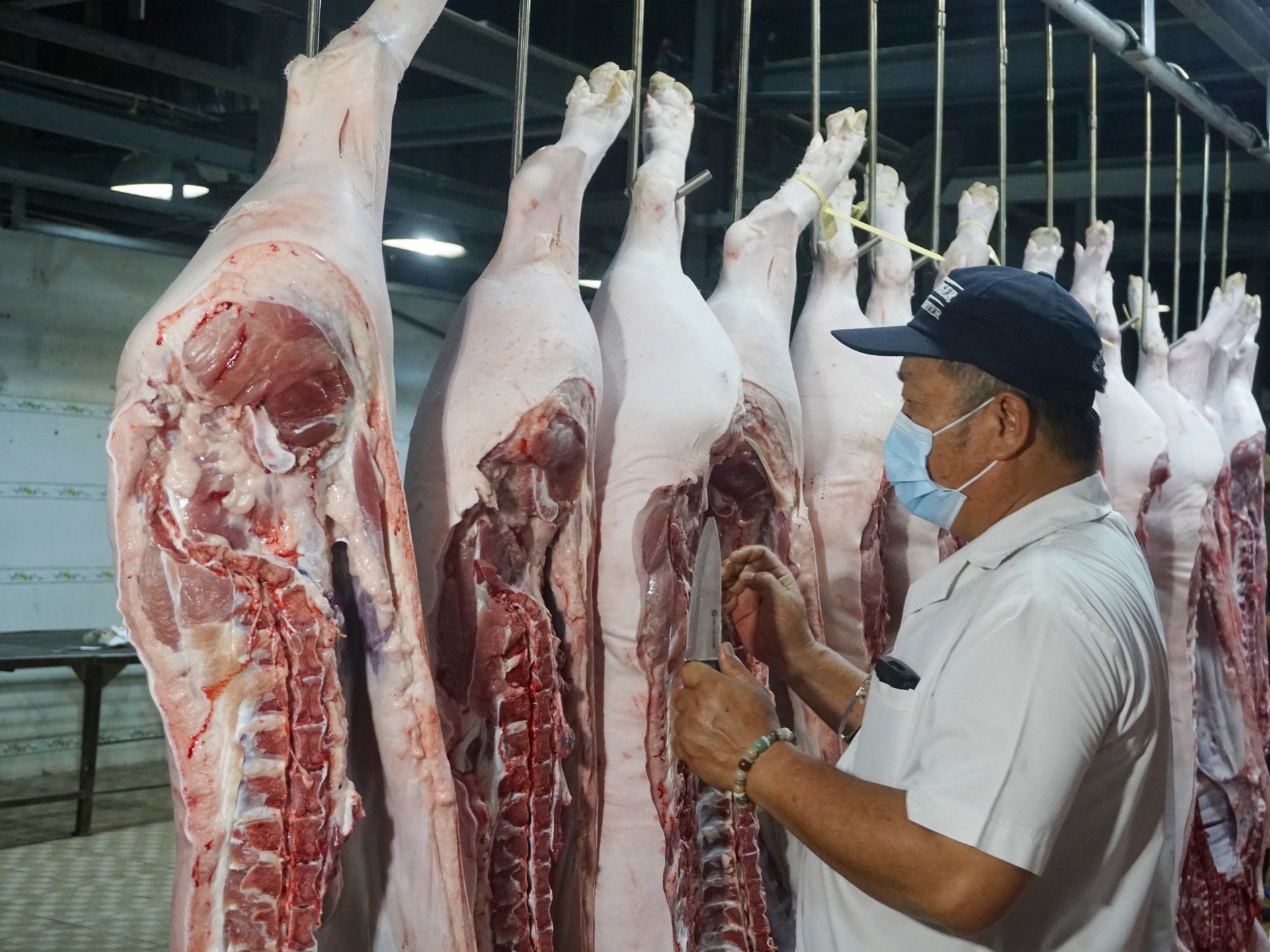
Pork production is expecting a recovery in Asian countries. Photo: VAN.
The increase of global meat output is expected to stem from middle-income countries, supported by herd expansion and per-animal improvements, better performance through higher feed intensity, and constant improvements in breeding, management, and technology.
Poultry meat will be the fastest growing segment in animal protein production (14%) and is expected to account for 48% of the increase in total meat production over the next decade. The largest increase in production growth will occur in Asia Pacific, particularly in India, largely due to increased feed intensity and improved breeds.
Poultry meat will expand significantly in sub-Saharan Africa and the Near East and North Africa despite a very low starting point.
Poultry production will thrive in North America and Europe and Central Asia as consumer preferences shift away from beef and profitability is improved in the medium term thanks to shorter production cycles.
Pork production is expected to recover in Asian countries after the ASF outbreaks have passed. China, the largest producer, will experience a 19% increase, and 23% in other Asian countries. In Europe, pork production will decline mainly due to stricter environmental regulations and animal welfare standards.
Beef production is projected to grow by 9% and contribute 16% to the total increase in global meat production. Overall, beef production will increase thanks to reduced feed costs and improved animal genetics. In Europe and North America, beef production will adjust to strict environmental sustainability standards, thus putting great pressure on the profitability of the intensive production model.
Sheep meat production will contribute only 6% to the overall growth of global meat production and is expected to expand by 15% over the next decade. The rise in the global lamb market is due to herd restructuring and increasing lamb percentage in Asia and Sub-Saharan Africa.
Production in Europe is expected to pick up slightly on supportive earnings and favorable production costs. Sheep and goat meat production in Sub-Saharan Africa will increase by nearly 30% despite pressure on grasslands due to desertification.
Dairy production will remain the fastest growing segment in the livestock sector over the next decade, with global output expected to grow 17%. In low and middle-income countries, dairy production will be driven by increased inventories and output, while in high-income countries, it will be supported almost entirely by production improvements thanks to optimization, improved animal health and better genetics.
India and Pakistan are expected to rank first and second respectively in terms of absolute milk production growth, accounting for more than half of the increase in global dairy production thanks to herd expansion. Together they will tackle 30% of output by 2032.
Production in the European Union is expected to decline in response to the ongoing transition to environmentally sustainable production, expanding production organically.
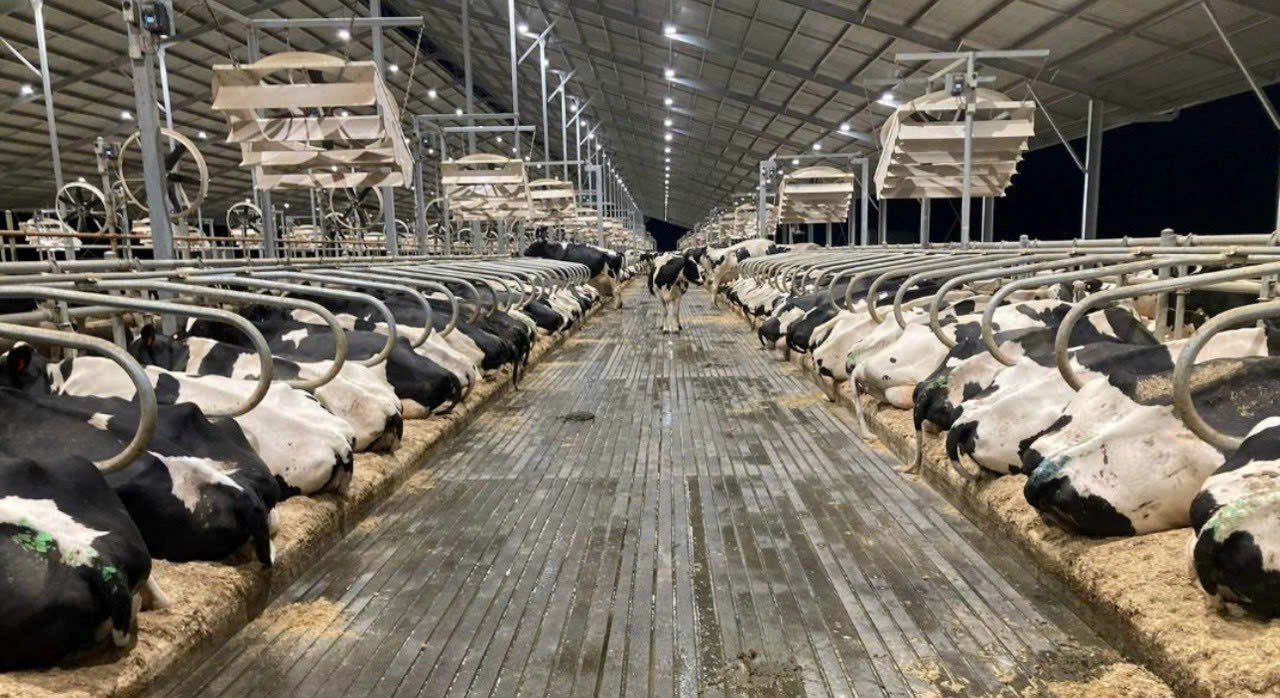
Fresh and processed dairy products will encourage investment in the dairy industry over the next decade. Photo: Hai Nam.
Global fishery production is projected to grow 12% over the next decade, albeit at a slower rate than the previous decade. This slowing growth reflects the impact of policy changes in China towards more sustainable fisheries, higher fuel input costs. There is an assumption that in 2024, 2028 and 2032 the world will suffer lower yields, mainly in Latin America and the Caribbean due to El Nino.
Asia will be the region with the most visible increase and occupy more than 70% of global production by 2032. The biggest contributors to the production growth are expected to be China, India, and Indonesia. and Vietnam. The increase in fish production will be achieved by increased productivity and improved technology related to spatial planning, breeding, feed and disease management.
Translated by Samuel Pham
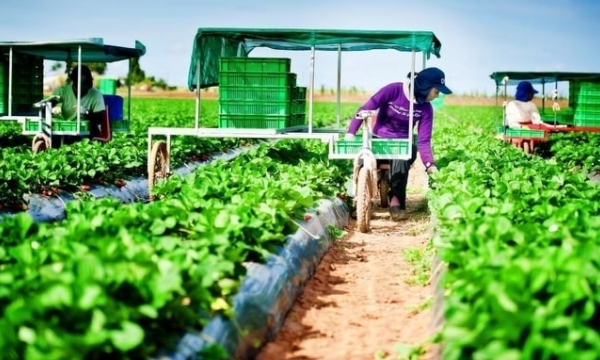
(VAN) According to the Ministry of Labor, Invalids, and Social Affairs, there has been a rise in fraudulent activities involving agricultural employment opportunities in Australia.
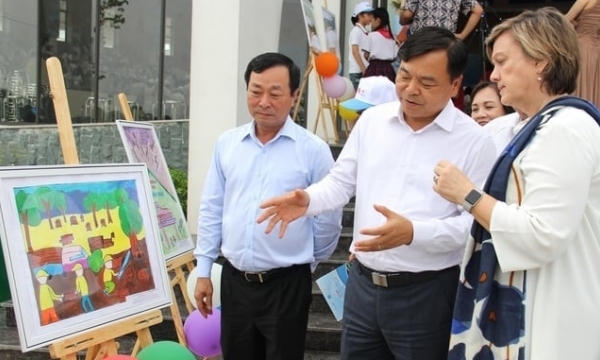
(VAN) According to Deputy Minister Nguyen Hoang Hiep, anticipatory action is a new approach in disaster management, with the aim of enhancing disaster prevention and preparedness.
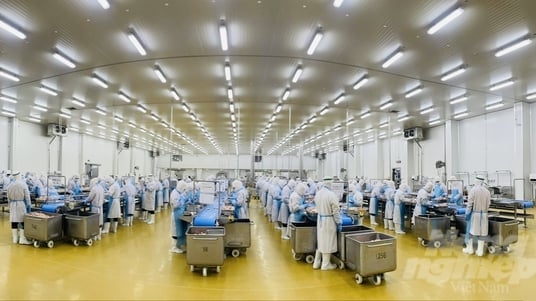
(VAN) The Ministry of Agriculture and Rural Development, in coordination with Tay Ninh Provincial People's Committee, organized a conference on May 18 to promote the export of animals and animal products.
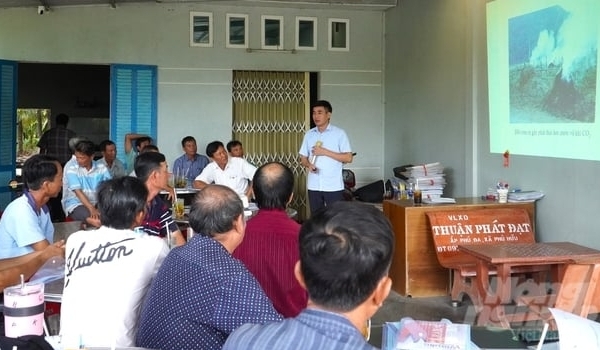
(VAN) From May 17-23, the National Agricultural Extension Center (NAEC) conducts training classes on the advanced rice farming process at 5 localities piloting for the 1 million ha of high-quality rice scheme.
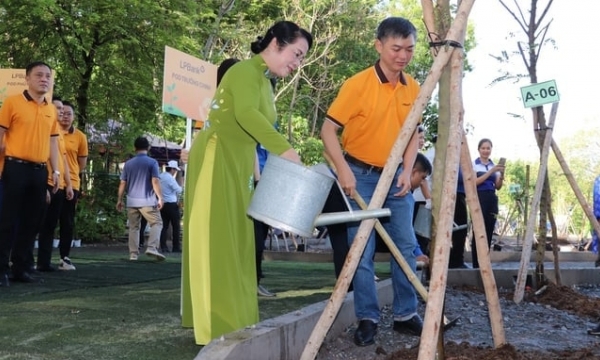
(VAN) Planting and expanding green spaces is a crucial effort to mitigate and adapt to the impacts of climate change, thereby creating a clean and livable environment.
/2024/05/17/5720-1-134847_782.jpg)
(VAN) EcoTraceTech - System for measuring CO2 and CH4 emissions from rice plants is the startup idea of a group of Can Tho University students.
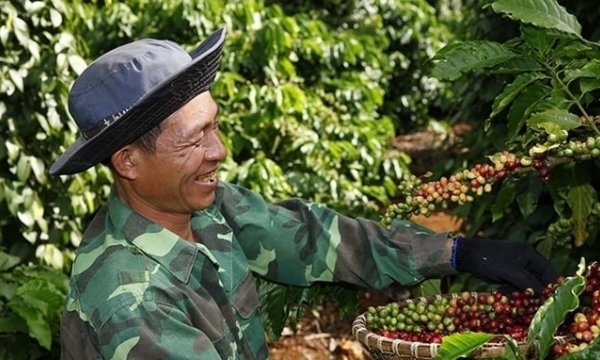
(VAN) The NESCAFÉ Plan by Nestlé Vietnam in the Central Highlands together with MARD aims to support coffee farmers in regenerative agriculture.